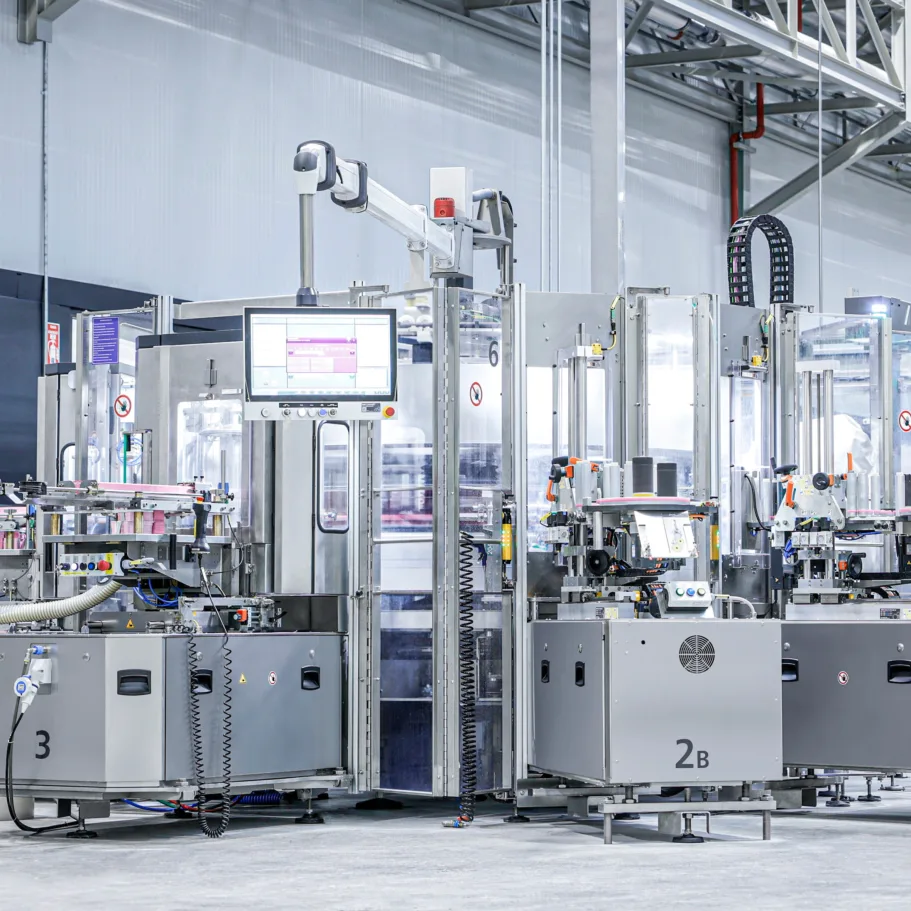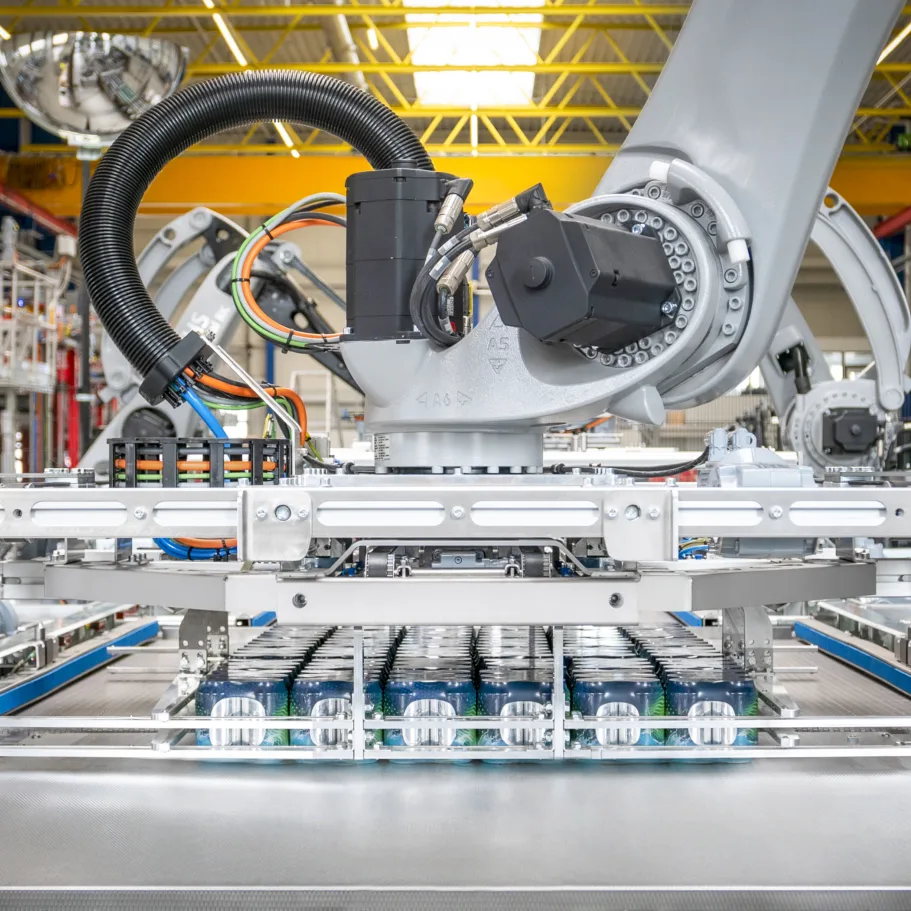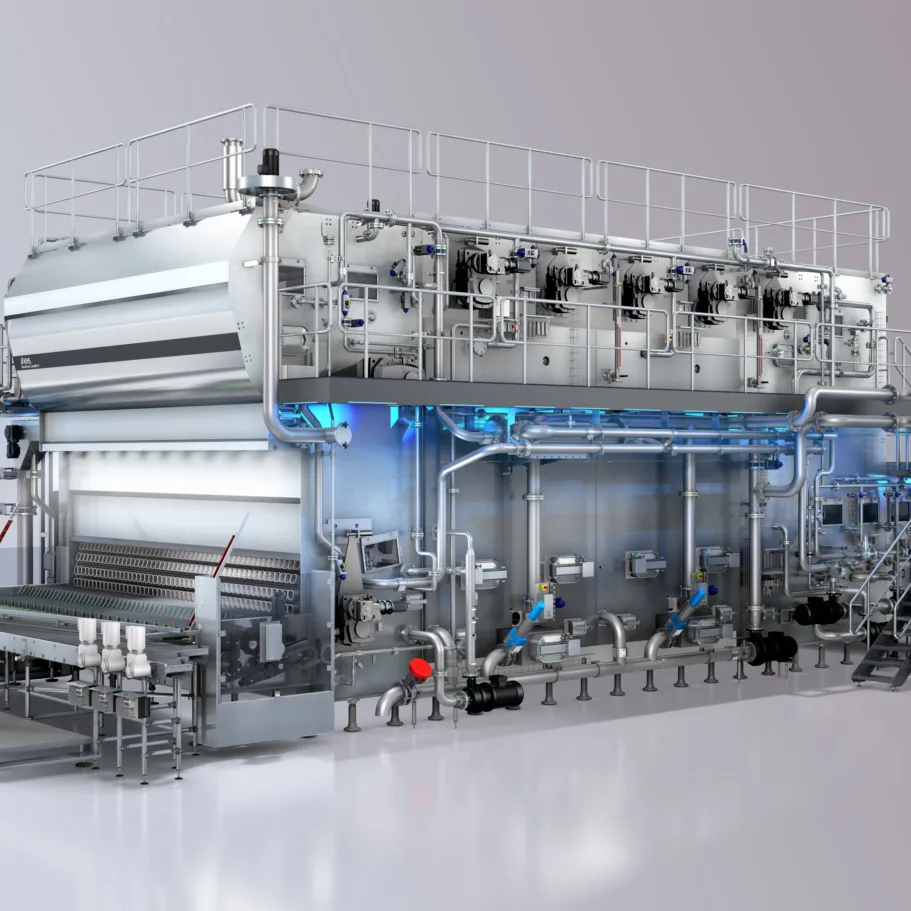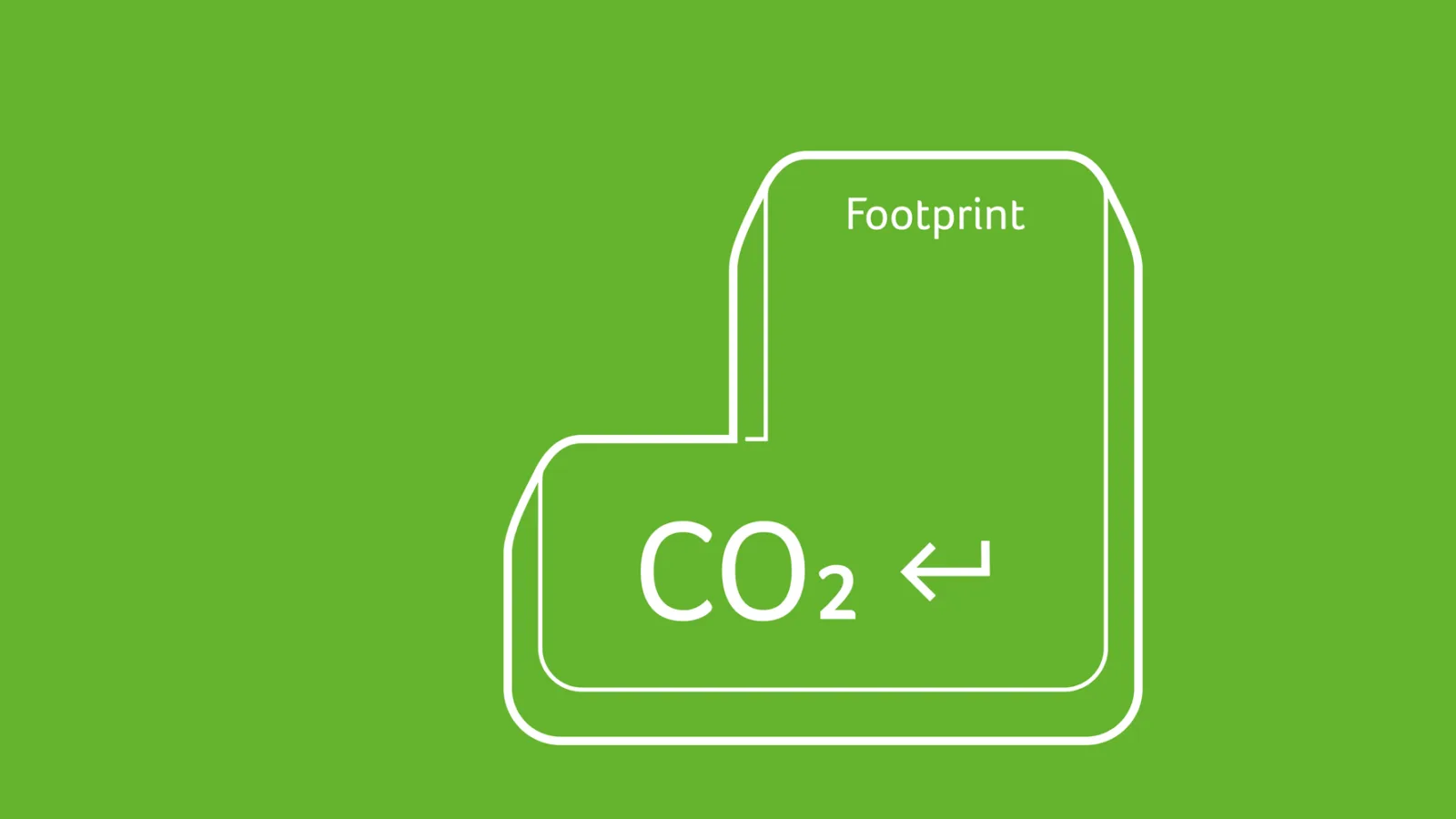
All figured
For many years KHS has been developing new technologies to continuously reduce the amount of energy and resources consumed within the beverage industry. The impact this has on a bottler’s carbon footprint can now be measured in figures with the help of a specially developed calculation tool.
It all started with Dennis Jacobi, who as service sales manager at the KHS production site in Hamburg is responsible for conversions on stretch blow molders. The 41-year-old says that he’s actually always been concerned about the climate. “I feel as though I’ve been hearing about holes in the ozone layer and global warming caused by environmental impact for 35 years,” he states. “And people have been saying that we need to do something about it for just as long.”
His job allows him to help beverage producers make a constructive effort to combat climate change; by converting heaters and recovering compressed air in the stretch blow molding process, energy is saved during bottle production and the carbon footprint thus considerably reduced. In heaters the main factor is the thermal energy that’s needed to heat up the preforms before they pass through the stretch blow molding process. “Depending on the machine generation and equipment, our conversions save up to 45% in energy during heating,” Jacobi explains. Recycling the air also helps to cut down on the amount of energy consumed. “The compressed air required for the stretch blow molding process is generated by a compressor and usually vented to the production shop after use through a valve. This air is then lost. An upgrade with our AirbackPlus technology, however, returns it to a ring line and uses it to blow mold the next container. This means that the compressor has less to do, thus cutting the amount of electricity needed by up to 40%.”
»I’ve long asked myself how our conversion measures specifically affect beverage bottlers’ carbon footprints.«
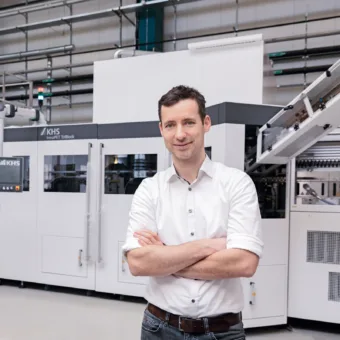
Service Sales Manager, KHS
Carbon footprint for conversions
How this type of conversion that KHS has had in its program for ten years now specifically effects the beverage filler’s carbon footprint has preoccupied Jacobi for a long time; after all, the measure itself also consumes electricity that’s not yet always supplied from renewable sources. “New heater boxes or lamps ultimately need to be manufactured somehow,” the service sales manager continues. “They’re then transported around the world and an engineer often has to board a plane to install the parts on site – all of which pollutes our environment. We’ve been able to calculate exactly how many kilowatt hours the conversion reduces the annual electricity consumption by; however, how much CO2 we save in the end and how sustainable this actually is as a result is something we didn’t know until now because we couldn’t set it against the amount of CO2 generated by the measure itself.”
When in 2018 he shared his thoughts with a former schoolmate in a private chat, his friend told him that he professionally specializes in calculating climate footprints. He worked for the Institute for Environmental IT or ifu in Hamburg, he said, a leading independent international software developer for material and energy flow analyses. The idea of programming a carbon calculator was soon born that would enable Jacobi and his colleagues to measure the effect of KHS conversions on their customers’ carbon footprints as accurately as possible. Their plan was quickly realized: in principle, the finished solution is a simple Excel tool fed with data where in a first step all parameters that impact the climate are recorded in the entry mask. These include, for instance, the materials used for the conversion, packaging, transportation and the distance the engineer has to travel. The tool then computes how much CO2 has been ‘spent’ on the conversion. In a second step the number of kilowatt hours the conversion has saved is then entered in the computer, plus the customer’s location and which type of electricity it uses or itself produces. Once combined, these figures show how long it takes for the CO2 expended during the conversion to be neutralized. “This is the customer’s ecological return on investment, so to speak,” smiles Jacobi. “What’s very pleasing here is that as our conversions save so much energy, they usually balance out their ecological footprint within just a few days or weeks.” In view of rising energy prices, the cost benefits are of course a primary concern for lots of customers. However, “in light of increasing regulation that rewards CO2 savings with tax benefits or grants, for example, and the growing number of companies who’ve committed themselves to ambitious climate targets, the environmental aspect is also becoming ever more important,” he observes.
»Our carbon calculator shows, for example, that PET can be used as an alternative to HDPE for milk and mixed milk beverages or cosmetic and household products.«
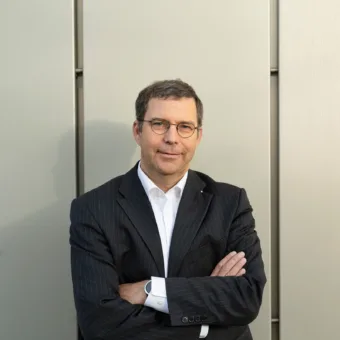
Product Manager Bottles & Shapes, KHS
This is also something Arne Wiese has noticed, who as Bottles & Shapes product manager advises KHS customers on container design and manufacture. “Lots of beverage producers want to become carbon neutral and are asking us which type of packaging has the lowest carbon footprint,” he says. “In the past we could generally say that non-returnable glass bottles are the worst variant: to melt down the material, temperatures of up to 1,600°C are required. Natural gas used to be used; now, because of its limited availability, oil is preferred which makes for an even worse ecobalance. Then there’s the returnable glass bottle that’s a good choice for short transportation distances yet one that still yields poorer values than for returnable PET bottles. These may have lower circulation rates but with their lighter weight and the much lower temperatures needed to manufacture and recycle them they score points for their considerably smaller carbon footprint.”
Primary packaging in comparison
In order to be able to express these – and many other – advantages in figures and to help beverage bottlers reach a decision as to which kind of packaging will prove to be the most climate-friendly for them, the carbon calculator for conversions is being further developed together with ifu in Hamburg. In its new variant, various styles of primary packaging, such as PET bottles made of recycled or virgin material, glass bottles, beverage cans, HDPE containers and carton packs, are compared to one another with respect to the impact they have on the environment. The calculation takes into account not just the material but also the region, weight, transportation routes and number of cycles of use. The calculation tool also considers the consumption of water and chemicals during cleaning and how the packaging is disposed of at the end of its life. The greenhouse gas emissions are computed separately and in combination for each area as CO2 equivalents and provide information on which container type has the best ecobalance throughout its entire life cycle.
“With our primary packaging carbon calculator, we chiefly score in those areas where PET can be used as an alternative to HDPE,” states Wiese. “In the milk and mixed milk beverage, cosmetic and household segments, for instance, more and more environmentally-aware customers are being convinced that PET containers are the more ecofriendly alternative.” The great number of uncertainties means that the data may not be 100% exact; however, it definitely serves as a reliable guide and triggers change processes that result in packaging that’s gentler on the climate.
»We’re seeing a very positive response on the market. To date, no-one else seems to calculate using data that’s similarly precise and extensive to that used by KHS.«
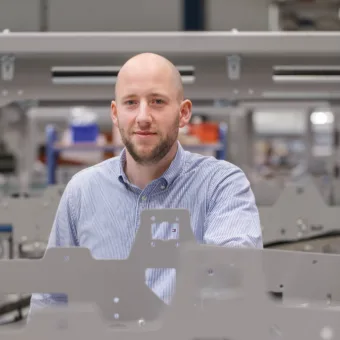
Adhesives process engineer, KHS
The experts at the KHS factory in Kleve, where machines for secondary packaging are designed and built, are also now interested in the carbon calculator. To promote the tool’s renewed further development, the site recently supplied ifu in Hamburg with the parameters for all of the packaging options in its entire portfolio to enable their global warming potential (GWP) to be calculated according to DIN EN ISO 14067*. “In this context we measured the respective electricity, gas, compressed air and lubricating oil consumption on the various machines,” explains Andre Fortkord, the adhesives process engineer in charge of the project. “ifu combined the consumption data we provided with the material data for film, corrugated cardboard and adhesive stored in the ecoinvent database and with the average values for transportation routes valid in the EU so that we can compute the GWP for each individual pack.” Using the selected options in the entry mask and taking the quantities entered by hand, the tool can quickly calculate that a film pack on a tray clocks up 0.11 kilograms of CO2 equivalents, whereas a tray paper pack only generates 0.085 of the same, for example, depending on various parameters.
* DIN EN ISO 14067: “Greenhouse gases – Carbon footprint of products – Requirements and guidelines for quantification”.
Positive feedback
The carbon calculator for secondary packaging has now also been in use for several months. “This instrument is being very positively received by our customers,” smiles Fortkord, who sees KHS in a pioneering role. In order to be able to produce informative, up-to-the-minute results in the future, too, the stored data needs to be updated at regular intervals. On an increase in demand, the tool with its European energy mix is also to be successively adapted for Africa, Asia and America.
Back in Hamburg, Dennis Jacobi is pleased that his example is acting as a precedent throughout the company. “For someone who works in the packaging industry, it’s great if you can do something for the protection of the climate,” he believes. “It motivates me that I can help to make production more environmentally friendly. And somehow I owe it to my two little boys, for I want to leave them with a world that’s still fun to live in.”
